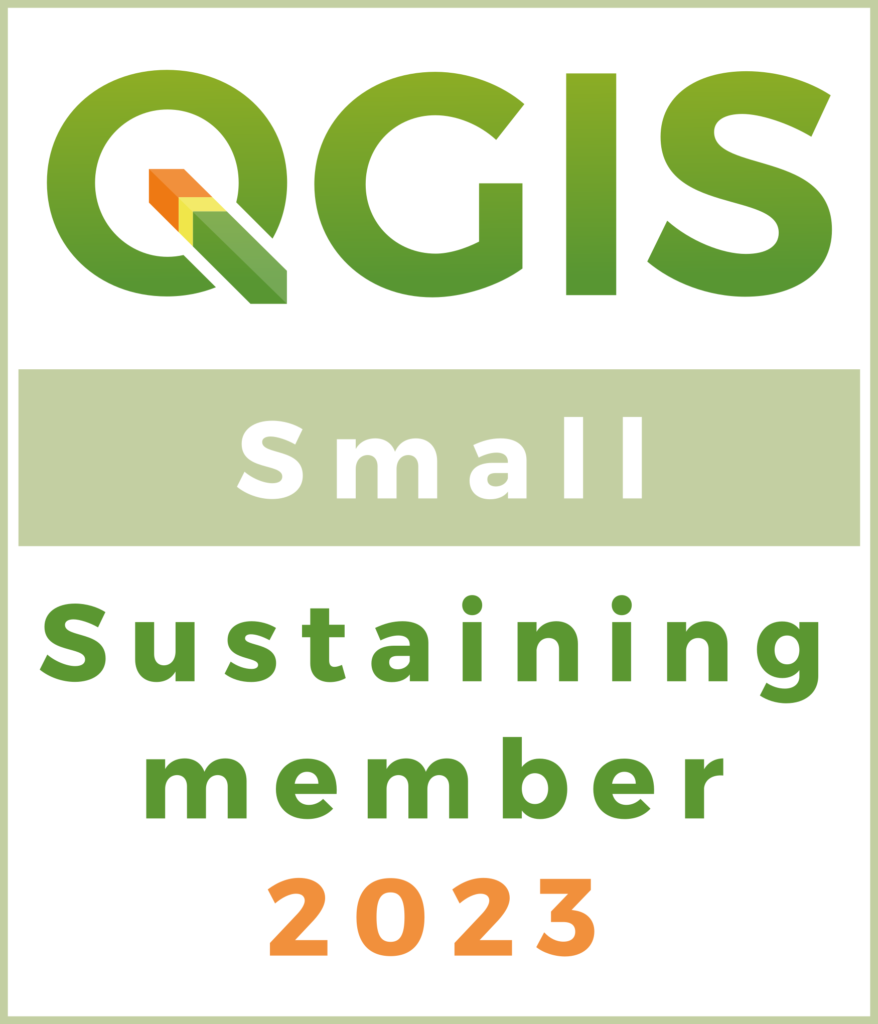Last QGIS class I taught somone asked “WHAT ABOUT DATA COLLECTION IN QGIS IN THE FIELD?”. My default answer most days are Fulcrum. Well – about all days. Fulcrum is my favorite but I do enjoy playing around with different software.
If you have an android phone you are in luck because you can test out QField. You can go to the Google Play Store OR Here. As far as I can tell there is no IOS install – probably because of the Apple App Store or whatever it’s called. I’ve heard rumors it can be a pain to publish an app. Given that I’m not a mobile developer – I will accept the rumors.
So what is Qfield? QField is based on QGIS. It is not a rebuild of QGIS it really does use QGIS libraries. The rendering engine is exactly the same as in QGIS for desktop and your project will therefore look exactly the same on your mobile device as it does on your computer.
After halfway reading the Documentation once, I decided to build a project for Qfield. I’m running QGIS 3.0 on my laptop. I downloaded a NAIP image from the NRCS of Chattanooga. I built three vector data layers. I ran with the suggestion to do all this in Geopackage. Which I will admit was a bit fun in QGIS.
You can save an image to Geopackage in QGIS. The first thing you must make sure the image data type is byte and you accomplish that with Raster -> Conversion -> Translate. Once you have it in Byte you can Save the raster to Geopackage.
From there you can either import some existing vector layers or create new ones. The one problem I did have was building pyramids. Since this is on a mobile device the more pyramid layers the better. QGIS didn’t like doing that with a Geopackage and complained so I pulled out some command line magic: gdaladdo -r cubic -oo TILE_FORMAT=JPEG chatt_test.gpkg 2 4 8 16
From there it’s just a matter of moving the QGS file and the Geopackage to your phone. Once it is there:
It’s a minimal setup – but what you set up with QGIS on your desktop transfers over as far as colors and attributes. You can edit. You can save the edits. You can build drop down lists using widgets for data collection. Once you are done it’s just a matter of moving the geopackage back to your desktop and pulling the edits over. It appears that opengis.ch has set up a sync plugin but I couldn’t get it to work. Granted I didn’t spend a ton of time working on it.
Over all with a little bit of work you could have a pretty decent mobile QGIS experience.





